The Land of Tamazgha: A Nation Without Borders
Written by Adam J. Cheshier & Photos by Lola Delabays
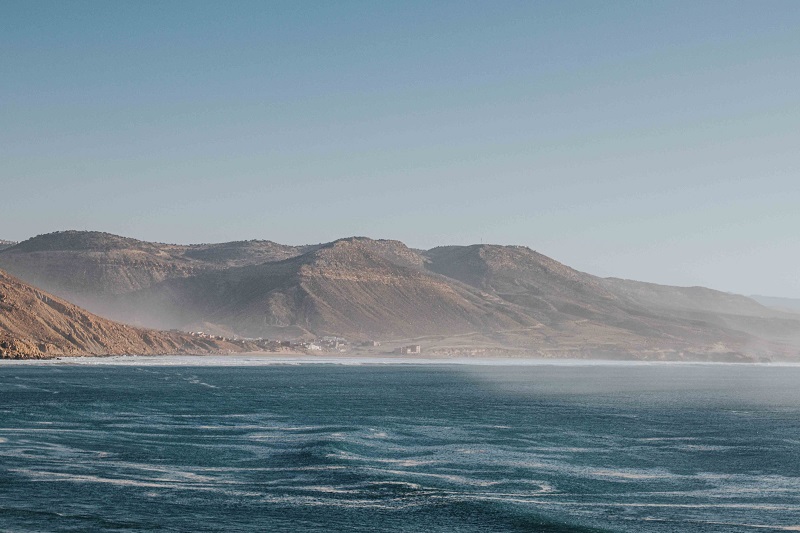
Tamazgha; a nation without borders.
A land which could write a million stories even before humans began recording history in Egypt.
A history which is entangled with the likes of celebrated ancient Greek historians like Herodotus and famed explorers such as Ibn Battuta.
A territory which stretches from the glory of the Mediterranean, along the Ottoman Empire’s borderlands of the Barbary Coast, all the way to the banks of the Niger River and beyond to the modern-day Canary Islands; in other words, a majority of Northern Africa. Some 7 million square kilometers of land area.

Yet, with all this history and geographical prowess, there’s not much to read about Tamazgha on the Internet. Even in the biggest encyclopedia of the world, Wikipedia, it manages to only have four surface-level paragraphs written about it.
That’s what makes me so enthralled with the region and why I had to go there to learn more. But, before I do, I must first clarify; Tamazgha isn’t a place. It’s not a country. It’s merely a label invented in the 1970s to unite the inhabitants of a geographical territory; you might know it as Maghreb.
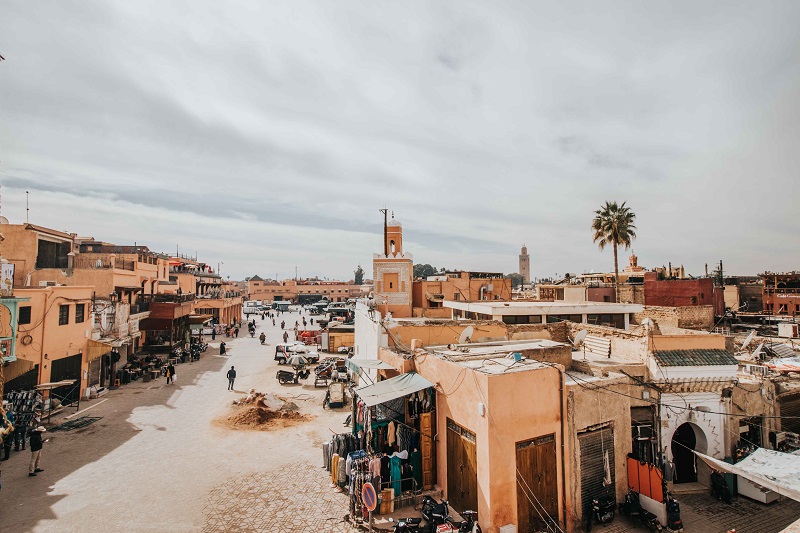
It’s a native term to unify the people of this region with their original culture – because prior to that, there was no glue to hold the culture and people together.
This cultural tie is important because, in modern times, the region is divided politically and physically by numerous borders. It encompasses the countries of modern-day Algeria, Morocco, Tunisia, Libya, Mauritania, Mali, Niger, Egypt, the Western Sahara, the Canary Islands, Burkina Faso and Senegal.
Though “Tamazgha” is merely a label, it means much, much more to a particular ethnic group. For the people of this land, traditionally inhabited by Northern Africa’s Berber tribe, it represents their ancestor’s nation – their home prior to Arab influence, colonial rule, or modern-day nation states.
The word Tamazgha is steeped in pride and remembrance. It is literally history.
I’ve traveled to Algeria – the country which contains the largest part of the metaphorical Tamazgha – in search of the true soul behind the word.

The Long History of Tamazgha; Through Berber Eyes
It’s not surprising that there isn’t a lot of widely accessible research about Tamazgha. North Africa, itself, remains relatively unknown to the world. Besides the wonder of the Sahara Desert and its excess of natural resources, little else is acknowledged within international media.
With Europe’s attractive tourism to the north and some of the world’s most exotic wildlife in Sub-Sahara Africa to the south, the mostly-arid region of northern Africa doesn’t get a lot of international tourists. However, that doesn’t mean it doesn’t deserve it.
Some of the most well-preserved Roman ruins exist without tourists in north African countries like Algeria. Many ancient dwellings (which have been hidden for centuries) among the dunes of the great Sahara Desert still stay vastly untouched. Even the very cultures themselves remain largely stuck in time.
It’s a true traveler’s delight in places like Algeria, where I’ve met a local Berber man who shows me around his city.

Samy Zeghmati, whom I met through Tour Algeria, presides in the country’s capital of Algiers. He is the descendant of pre-Arab inhabitants. His oldest ancestors, the Amazigh – which is what Berber tribesmen and women refer to themselves as, date back to around 10,000 BC.
The Amazigh, which typically translates to “the free people”, were as much nomadic shepherds as they were sedentary farmers, Samy told me.
“Some Berbers took advantage of the fertile Mediterranean coastline to become self-proclaimed ‘sophisticated agriculturalists’, while others lived as camel-back merchants who braved the trade routes of the Sahara,” he said.
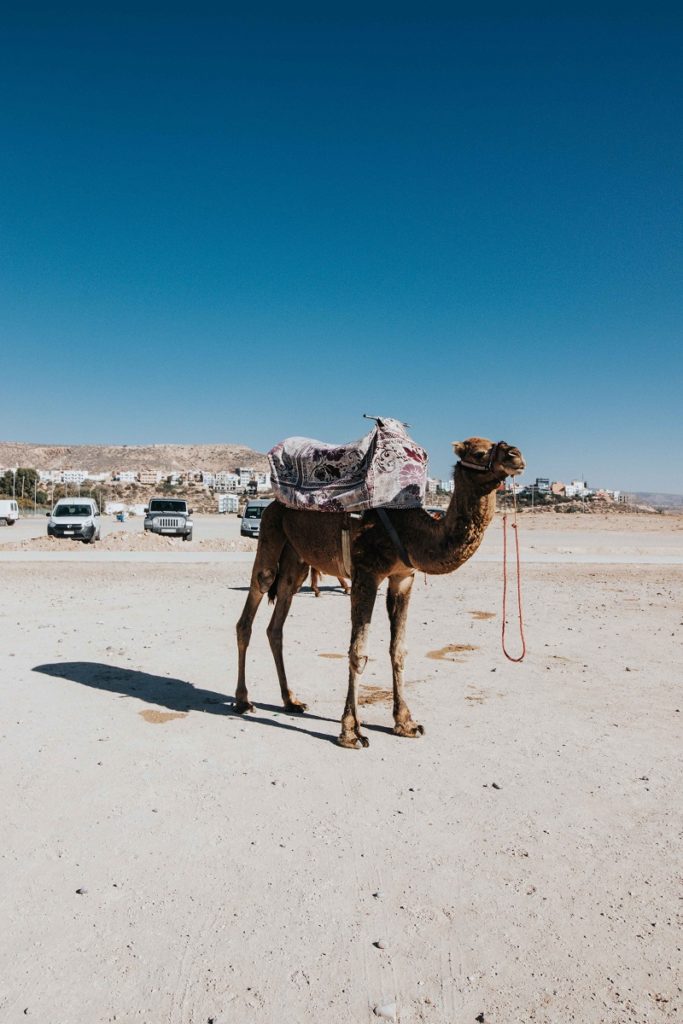
Merchants would often travel across the entire region, familiarizing themselves with the diverse landscapes of Tamazgha. This would come in handy in empirical times when they would become famous for their agile movement throughout the Atlas mountains.
“Berbers fought on both sides of the Carthagenian rule. Some for the empire, some as mercenaries against it. Whichever side my ancestors fought on, they would travel light, on horseback, through the mountains – their main weapon being a long-distance javelin,” Samy told me.
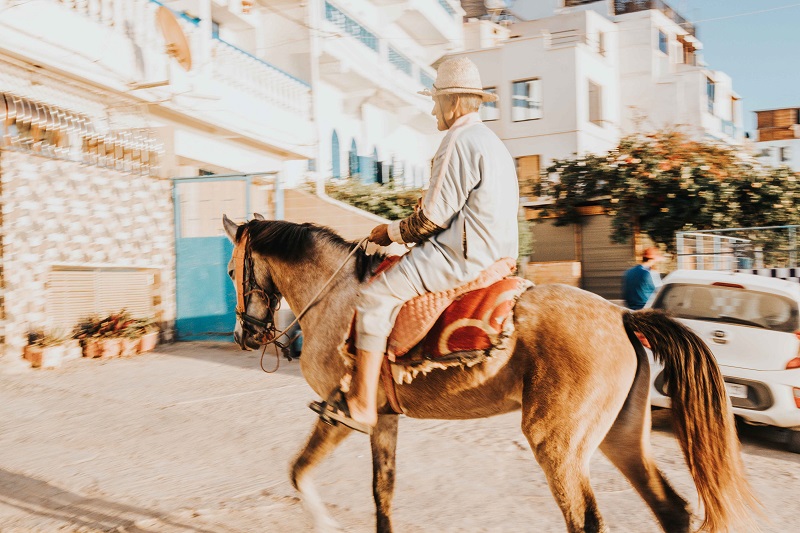
The Carthaginians weren’t the only ancient Empire with its hand in the Berber’s long history. Ancient Greeks, who colonized the northeast region of modern-day Libya, also played a factor on Tamazgha. Despite the Greeks walled cities, they often shared a lot of their lives and culture with the Berber population. From this time, we see traces of Greek myths among the ancient Berber folklore today.
Many of Samy’s ancestors even fought alongside the Carthaginians in modern-day Europe during the Second Punic War against the Romans. They were gravely defeated and much of the North African coast was bequeathed to the Amazigh tribes which had allied the Romans.
“Those tribes, which had now come under a landfall of real estate, went on to form the United Kingdom of Numidia,” Samy tells me. “It became one of the first true states in my homeland to be ruled by my people.”
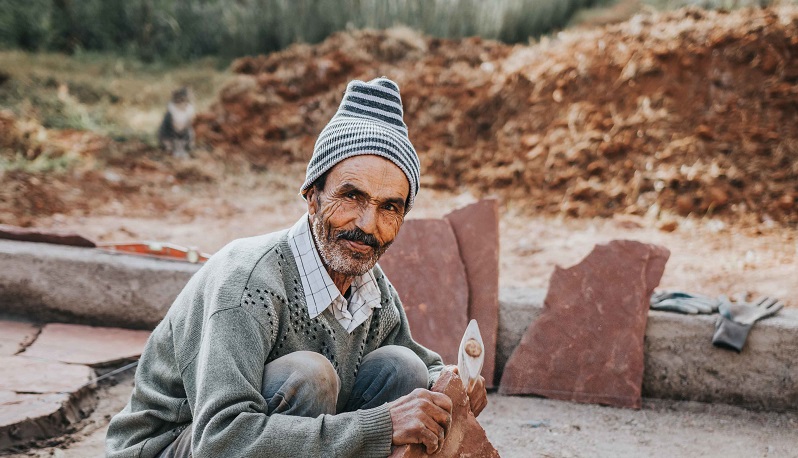
However, this rule didn’t last long before relations with Romans disintegrated and they invaded the kingdom thereafter. Numidia was overtaken by Roman rule.
This led many Berbers to be converted to Christianity.
“There are some big Christian figures who are actually Berber. For example, Augustine of Hippo; Bishop of the African city of Hippo, one of the most influential Christian church fathers.”
Christianity didn’t have a foothold on Tamazgha for long, though, as the Caliphate was building in Arabia. Soon, the Muslims would come.
“By this time, the Amazigh were becoming rightfully annoyed of quests to conquer their land,” Samy explained. “The Muslim’s conquest lasted more than six decades. It was a grueling battle for the north African coast. The Amazigh weren’t ready to give it up.”
Unfortunately, the Arabs were well-accustomed to desert warfare and, eventually, took over. Ironically, the tribal nature of the Amazigh which makes them such fierce warriors also makes them susceptible to religious takeover. They integrated quickly into the new Muslim world.
However, there was still resistance toward other parts of Islam and, so, the Amazigh kept many parts of their culture as it refers to language, social structure, and traditional practices.
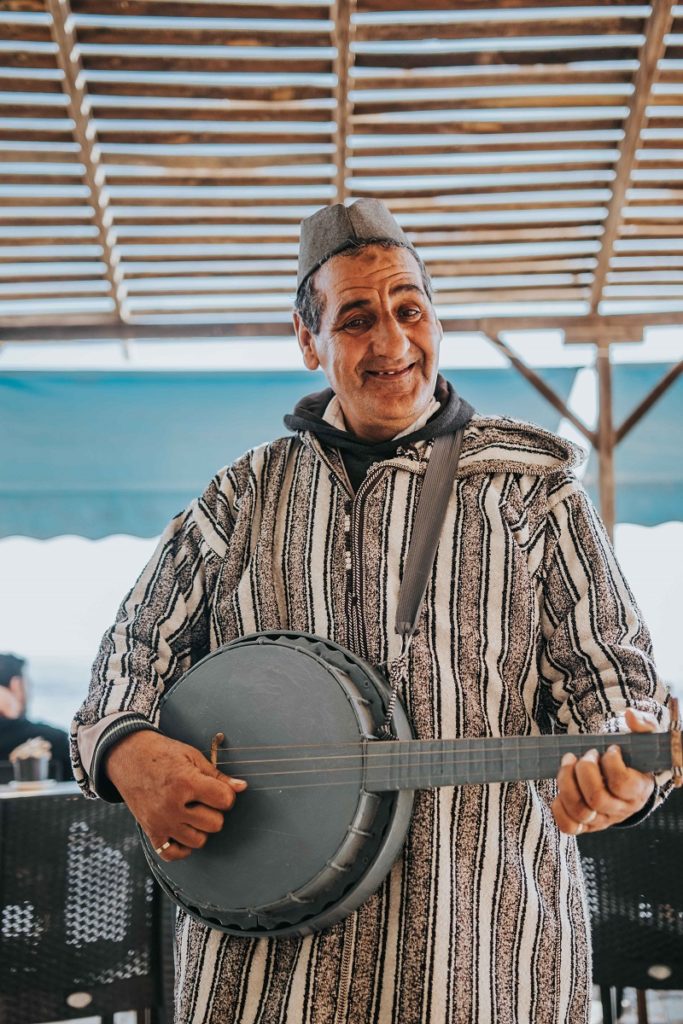
And even if the Muslim Koran says all Muslims should be held equal, Berbers still found themselves being treated as second-class citizens to the invading Arabic elites.
“My ancestors – the Amazigh people – were often forced to serve on the frontlines of new Arab conquests,” Samy says. “Many of the so-called ‘elites’ were harsh on Berbers – even going as far as branding the skin of non-Arabs who didn’t convert fully to Islam culture.”
This unequal treatment planted the seeds of rebellion within Amazigh people. Most rebel groups were formed in the west of Tamazgha – in modern-day Morocco.
The Great Amazigh Revolt would mark the first time in its history that the Caliphate would suffer major loss. The Berbers gained back some of their native land stretching almost all the way to modern-day Libya. It would also mark the first time that an independent Muslim entity existed outside of the Caliphate’s authority.

“This reconquering of their own land represented the first Berber control in centuries and it lasted until the Ottomans arrived centuries later,” Samy said, proudly.
Though, during this period, the region and Amazigh culture became divided by walls, religion, and leadership. It was not truly unified.
“When the Ottomans came, it didn’t take long for the Amazigh people to fall out of power and for the native culture to largely disappear.”
The Ottomans ruled a large part of Tamazgha until the French came and conquered Algeria, Morocco, and Tunisia starting in the mid-1800s. Napoleon and company occupied most of North Africa until these countries started claiming independence.
After that, what was left of the Amazigh culture came under attack to what the new national governments declared ‘Arabisation’. That is, until the 1970s when a movement to hold onto indigenous roots took form.
Amazighism stands in direct opposition of Arabisation. Soon, during the Amazigh Spring of 1980, Algerians saw a period of political protest and civil activism, claiming recognition of the Berber identity and language.
And, with it, “Tamazgha” was born.

Metaphorical borders spanning the entire northern coast of Africa and deep into the Sahara were laid in the minds of modern-day people to remind them of their ancestors’ past and to create a sense of pride.
It is a word representative of a time and region before the ancient empires. Before Islam. Before the establishment of modern nation states during the 20th century.
“Tamazgha” is the first semi-unification of the Amazigh since the rule of the Berber’s United Kingdom of Numidia. To this day, knowledge of Tamazgha and its history continues to grow among the native population but respect for the indigenous people must still be fought for.
In 2001, the Black Spring of Algeria erupted after a person of Amazigh descent died in police custody. This paved the way for education of indigenous roots to be taught in schools and for the Berber language to become an officially spoken language of the nation.
Even until 2014, the Moroccan government wouldn’t allow parents to give their children traditional Amazigh names.

“Progress comes in time. The important thing is we keep fighting for our Berber heritage,” Samy says. “We are proud people. Resilient people. My ancestors were literally warriors – the least I can do to show them the respect they deserve is to fight for their remembrance.”
To learn more about Tamazgha and Berber heritage, contact the organization Samy has founded, Tour Algeria.